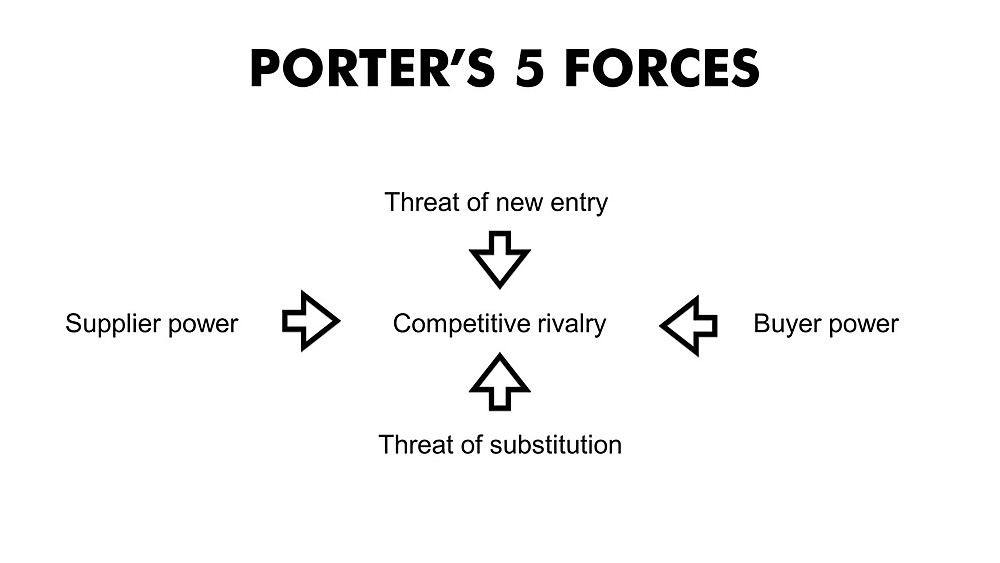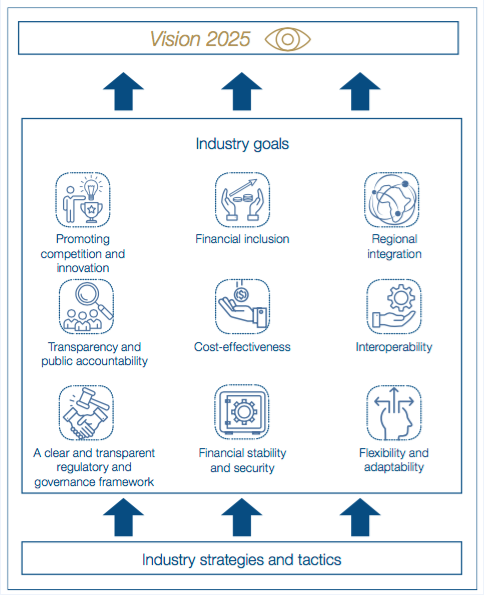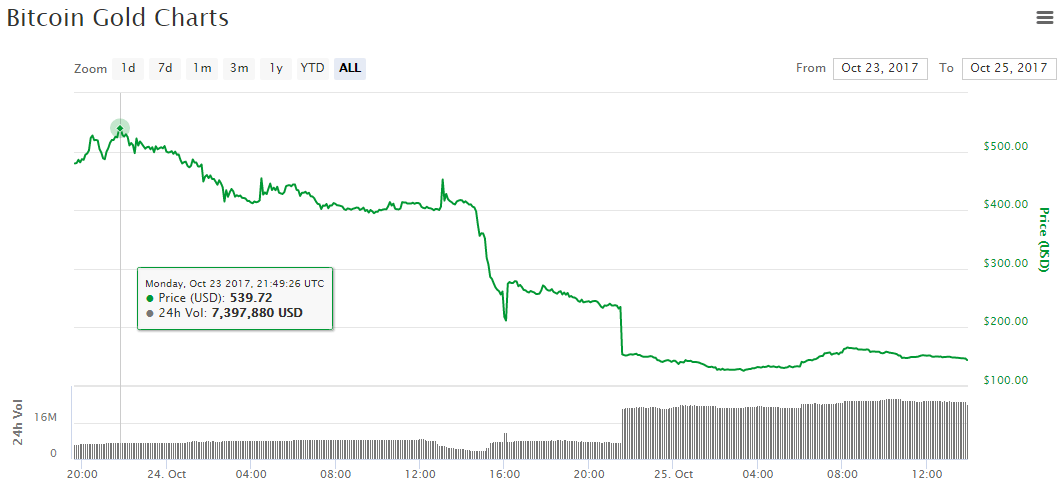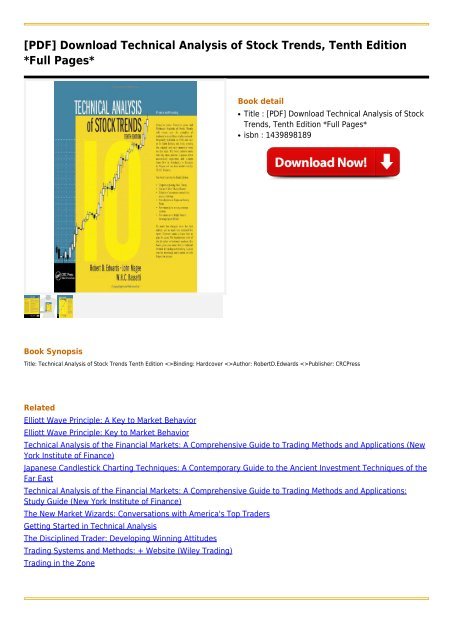Capital Formation: Definition, Example, and Why Its Important
Contents:


Asset ClassAssets are classified into various classes based on their type, purpose, or the basis of return or markets. When it comes to growth stocks, the business has the potential for capital appreciation over a shorter time. In contrast, value stocks are about finding companies trading for less than their intrinsic value and can grow in the future, a long-term investment. Growth capital is lesser-known investing than traditional venture capital and controlled buyout.

On the capital growth meaning sheet, the amount borrowed appears as a capital asset while the amount owed appears as a liability. Many capital assets are illiquid—that is, they can’t be readily turned into cash to meet immediate needs. Any business needs a substantial amount of capital to operate and create profitable returns. Balance sheet analysis is central to the review and assessment of business capital.
Other CAGR Limitations
When you buy a property, you can take some steps to speed up capital growth. You can either add extensions or construct new buildings on the land. Capital investment is the acquisition of physical assets by a business in order to further its long-term goals and objectives.

Another key consideration with capital growth is the tax implications. When you sell an investment property, you must pay tax on the profit you make on that asset. While it sounds like a separate tax, CGT is part of your income tax assessment for the specific year that you sold the asset. While growing your wealth without lifting a finger does sound inviting, there are a few things to be mindful of when it comes to capital growth. Firstly, it’s important to understand that nothing is guaranteed – property values don’t always continuously rise, so there’s a degree of risk with this type of investment. While you’ll generally see values rise over time, a suburb’s past growth isn’t necessarily a guarantee on what will happen in the future.
tips for buying an investment property
But an accountant who is in charge of the company’s daily budget would only count the cash on hand as capital. A company’s capital is the money it has on hand to run day-to-day operations and grow in the future. To a finance professional, capital usually signifies assets which can be liquidated to get cash or cash equivalents. In other words, it is money that you have on hand that you can use for short-term or long-term requirements.

The shorter the time frame used in the analysis, the less likely it will be for the realized CAGR to meet the expected CAGR when relying on historical results. The CAGR can be used to compare different investment types with one another. For example, suppose that in 2015, an investor placed $10,000 into an account for five years with a fixed annual interest rate of 1% and another $10,000 into a stock mutual fund. The rate of return in the stock fund will be uneven over the next few years, so a comparison between the two investments would be difficult. In any given year during the period, one investment may be rising while the other falls. This could be the case when comparing high-yield bonds to stocks, or a real estate investment to emerging markets.
Large Company Stocks
A successful business is easy to sell or attractive enough to be introduced to public markets. Sometimes there would be majority interest in the deal given to private equity investors. If this happens, the contract and investment would resemble a traditional buyout. There would be few differences in the operational features and capabilities of the company.
Growth investing is an offensive strategy that takes advantage of a bull market where stocks and security values rise and outperform. Offensive or aggressive investing is a high-risk, high-reward strategy, focusing on capital appreciation instead of capital preservation. For instance, other high-risk strategies like options and margin trading, or cryptocurrency trading are also offensive investments. Growth investing is a process of purchasing stocks of businesses growing at a much faster rate than the industry average. The aim is to make profits through capital appreciation rather than dividends or interest – by selling the stocks after they have gone up in value. Growth stocks are typically rapidly expanding younger companies with above-average growth rates.
How to value used https://1investing.in/ and their depreciation consistently becomes more problematic. It is a specific statistical concept, also known as net investment, used in national accounts statistics, econometrics and macroeconomics. Capital growth, or capital appreciation, is the increase in the economic value of an asset. The asset is usually a real estate property or marketable security. The extent of growth depends on the asset type and investors’ risk tolerance. Usually, people seeking capital growth are in for the long term, and thus they would be ready to take higher risks.
Savings, investment, and specialization are the most consistent and easily controlled methods. The four factors of production are land and natural resources, labor, capital equipment, and entrepreneurship. The first is an increase in the amount of physical capital goods in the economy.
Capital growth is measured by the difference between the current value, or market value, of an asset or investment and its purchase price, or the value of the asset or investment at the time it was acquired. Started in 2002, today Capital Growth is one of India’s fastest growing PMS services Group. We commenced operations at the turn of millennium, with portfolio management services distribution. We sensed the potential and under penetration of PMS, which laid the foundation of Capital growth Group.
- Add capital growth to one of your lists below, or create a new one.
- Growth means the rating a school will receive based on longitudinally matched student data comparing current performance to the previous year’s for the purpose of determining student academic growth.
- Improved technology allows workers to produce more output with the same stock of capital goods by combining them in novel ways that are more productive.
Opposite of value stocks, growth stocks’ performance is assessed mainly by revenue and sales growth, whereas value stocks are measured by their trading price and intrinsic value. Find the company’s recent cash flow statement and that of the previous accounting period in its quarterly or annual reports. The number of outstanding shares of a company depends on factors like buying back of shares or issuing of new shares.
Due to its higher risks, growth investing isn’t for everyone, and some may opt for safer and more stable, defensive investing strategies. However, if executed correctly, growth investing can generate marginal profits. There are a few notable names related to the growth investing approach.
- This investment helps in facility expansion, equipment purchases, product development, sales, and marketing initiatives.
- For example, suppose that in 2015, an investor placed $10,000 into an account for five years with a fixed annual interest rate of 1% and another $10,000 into a stock mutual fund.
- The time value of money is the concept that a sum of money has greater value now than it will in the future due to its earnings potential.
- For example, Big-Sale’s customer satisfaction CAGR might not seem so low compared with SuperFast Cable’s customer satisfaction CAGR of -6.31% during the same period.
- However, it can help shore up the returns in a portfolio during turbulent markets by adding a steady income stream.
If a business has more debts than assets, it may run out of working capital. Just like people, corporations need a credit history if they want to get debt capital. Interest rates vary depending on the money borrowed and the borrower’s credit history. Businesses growing fast are at a higher risk of failure if the management cannot handle the scaling of operations well, thus increasing the risk of the investment.
Brokerages also list trading capital; that is the cash available for routine trading in the markets. In venture capital investments, future capital requirements are undefined. However, this would not be the case in growth capital investments that target companies with no or minimum future capital requirements.
How can I access my capital growth?
Secondly, capital formation may be used synonymously with the notion of capital accumulation in the sense of a reinvestment of profits into capital assets. As regards capital accumulation, it can flourish, so that some people become wealthier, although society as a whole becomes poorer, and the net capital formation decreases. In other words, the gain could be a net total gain, or a gain at the expense of loss by others that cancels out the gain in aggregate. Note that growth equity investors tend to prefer companies with low leverage or no debt at all.
